Connecting You to More
| Term | Description |
|---|---|
| Polyester Elastomer | A flexible thermoplastic that can be used in place of rubber and some urethanes, with maximum operating temperature of 90°C |
| Polyethylene | A thermoplastic material having the chemical identity of polymerized ethylene |
| Polymer | A substance made of many repeating chemical units of molecules (the term polymer is often used in place of plastic, rubber, or elastomer) |
| Polyolefin | A generic name for a thermoplastic based upon the unsaturated hydrocarbons known as olefins. When combined with butylene or styrene polymers they form compounds such as polyethylene and polypropylene. |
| Polypropylene | A thermoplastic polymer of propylene |
| Polyvinyl Chloride (PVC) | A thermoplastic material composed of polymers of vinyl chloride which may be rigid or elastomeric, depending on specific formulation |
| Polyvinylidene Fluoride (PVDF) | A compound that contains fluorine in molecular structure, with a temperature range of -40°C to 150°C and affords high resistance to acids and alkalis |
| Porosity | Multiple air voids in an insulation or jacket wall |
| Potting | The sealing of a cable termination or other component with liquid which thermosets into an elastomer |
| Power Factor | The ratio of resistance to impedance. The ratio of the actual power of an alternating current to apparent power. Mathematically, the cosine of the angle between the voltage applied and the current resulting. |
| Power Limited Circuit Cable | UL (Underwriter's Laboratories) Standard 13; National Electrical Code (NEC) Article 725 of NFPA 70 |
| Prefused Copper | A conductor material that consists of twisted strands of heavy tinned copper fused with heat along its entire length |
| Primary Insulation | The first layer of nonconductive material applied directly over a conductor |
| Propagation Delay | Time required for a signal to pass from the input to the output of a device |
| Propagation Time | Time required for an electrical wave to travel between two points on a transmission line |
| Pulling Eye | A device fastened to a cable to which a hook might be attached in order to pull the cable into or from a duct |
| Pulse | A current or voltage that changed abruptly from one value to another and back to the original value in a finite length of time; used to describe one particular variation in a series of wave motions. |
| Pulse Cable | A type of coaxial cable constructed to transmit repeated high voltage pulses without degradation |
| Pyrometer | See definition of "Thermocouple Thermometer" |
| Quad | A four conductor cable in which opposite conductors are paired |
| Quad Shield | A type of shielding which is a foil/braid/foil/braid. Typically found in coaxial cables. |
| R.E.A. | Rural Electrification Administration |
| Rad | The unit of radiation dose which is absorbed (equal to 100 ergs/gram) |
| Rated Temperature | The maximum temperature at which an electric component can operate for extended periods without loss of its basic properties |
| Rated Voltage | The maximum voltage at which an electric component can operate for extended periods without undue degradation |
| Reactance | The opposition offered to the flow of alternating currents by inductance or capacitance of a component or circuit |
| Recovered Edge | Edge of a flat cable or conductor from which measurements are made |
| Reference Junction | The junction of a thermocouple which is at a known reference temperature; also known as the "cold" junction. It is usually located at the emf measuring device. |
| Reflection Loss | The part of a signal which is lost due to reflection of power at a line discontinuity |
| Reflow Soldering | The process of connecting two solder-coated conductive surfaces by remelting of the solder to cause fusion |
Showing 391 - 420 of 567

